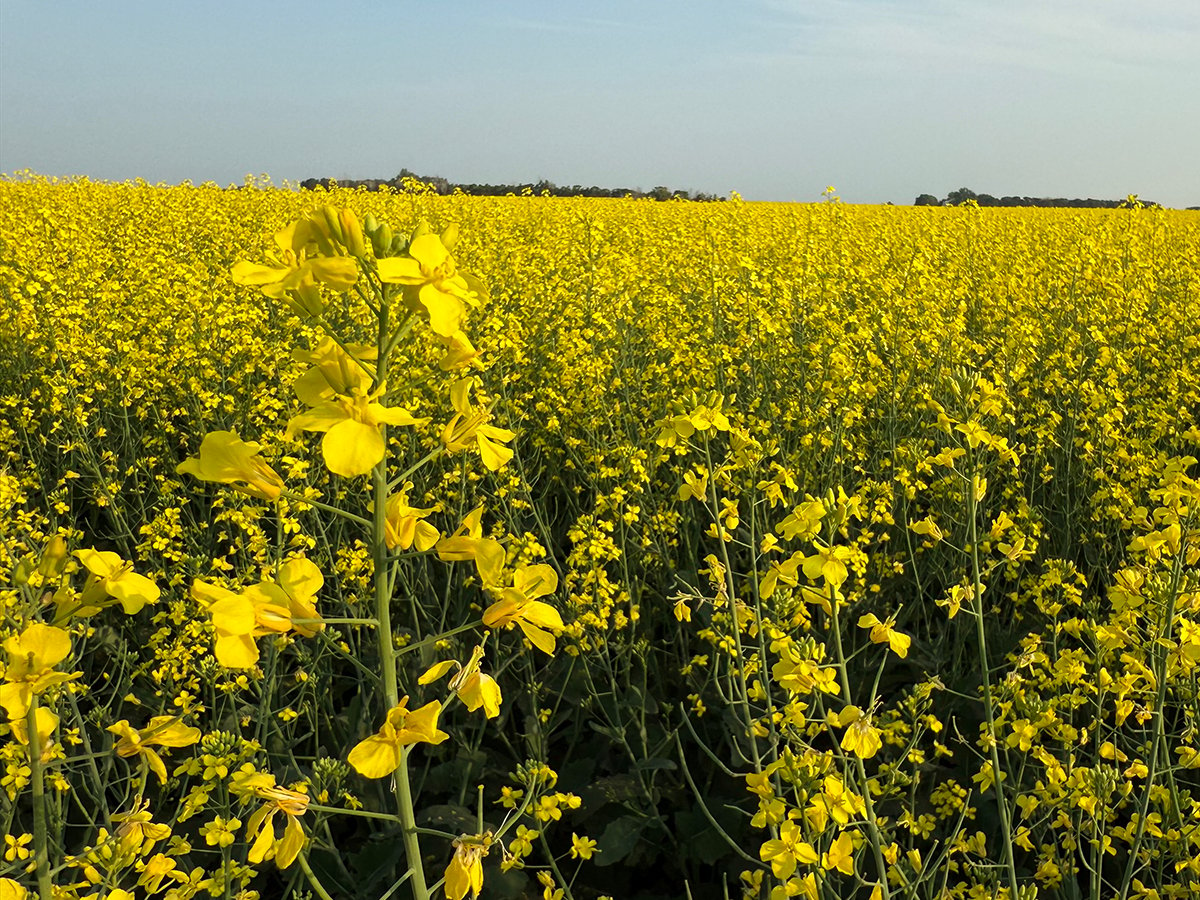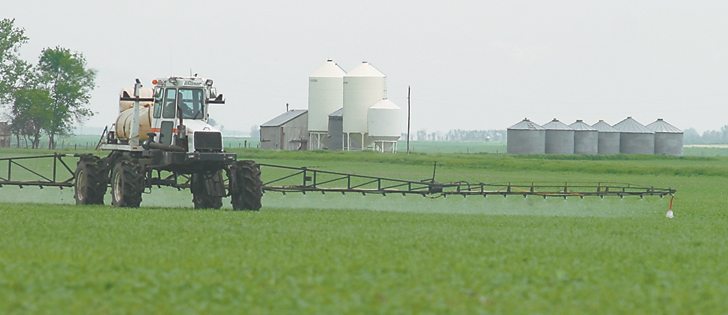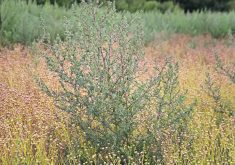Beekeepers, environmentalists and the public should take a breath before passing judgment on a new insecticide, says an American entomologist.
In early May, the U.S. Environmental Protection Agency approved the registration of sulfoxaflor as a foliar spray for fruit, vegetables, soybeans, barley and canola.
Dow Agro, which developed sulfoxaflor, said the chemical is part of a new category of insecticides.
“Sulfoxaflor has a unique mode of action and is the first member of a new class of insecticides, the sulfoximines,” a Dow AgroSciences Canada spokesperson said in an email.
Read Also

Canola council cuts field agronomy team
The Canola Council of Canada is cutting its agronomy team as part of a “refreshed strategic framework.”
Canada’s Pest Management Regulatory Agency has also approved sulfoxaflor as a foliar spray.
The EPA’s decision provoked a deluge of criticism as beekeeper organizations, anti-pesticide advocates and conservation groups labelled sulfoxaflor as a threat to bees.
On its website, the Centre for Food Safety said sufloxaflor is highly toxic to bees and is similar to a class of insecticides called neonicotinoids, which were recently banned in Europe because authorities believe they are killing bees.
The American Beekeeping Federation signed a letter to the EPA before sulfoxaflor’s approval that said the science suggests sulfaxaflor is highly toxic to bees and it would be “irresponsible that the (EPA) would allow yet another chemical with a high potential to be hazardous to bee health into the environment.”
A Dow Agro Canada spokesperson said the insecticides’ impact on bees was assessed during the registration process.
“Like most commonly used insecticides, sulfoxaflor can be acutely toxic when bees contact the spray itself, but toxicity of sulfoxaflor is greatly reduced when the spray has dried.”
However, Mark Whalon, an entomologist with Michigan State University, said it’s important to remember that the science around bees and insecticides is highly complex. Therefore, the public shouldn’t accept simplistic platitudes and sound bites, such as sulfoxaflor is “highly toxic” to bees.
“If a guy like me has to go back and review the toxicity data (on sulfoxaflor), what’s the likelihood that Sandy Miller, an everyday homemaker … is going to be able to understand this,” said Whalon, who advises the EPA and the U.S. Department of Agriculture on insect issues.
As a result, Whalon said he won’t make a snap judgment on sulfoxaflor until he has time to review the relevant research papers.
However, he said there is no “smoking gun” demonstrating that neonicotinoids are causing widespread bee losses around the globe. Most entomologists believe multiple factors are to blame.
Whalon is particularly perturbed by the obsession with neonicotinoids and new chemistries such as sulfoxaflor because beekeepers apply highly toxic insecticides directly to bees to control mites.
“Here’s the crazy thing. We’re still using organophosphates, nerve toxins, in the hive,” he said.
“Do pesticides (like neonics) have an impact? Absolutely. But how can we be talking about pesticides in the field when we’re still using primitive chemistry to control mites in the hive?”
The EPA collaborated with the PMRA and Australian regulators on the sulfoxaflor review. According to an EPA news release, the agencies evaluated more than 400 studies on sulfoxaflor’s chemistry.
Whalon said the public should have more faith in the approval process.
“I think we (U.S.) have one of the best regulatory processes on Earth. It is pedantic, it is formulaic and it is thorough.”
Whalon’s tone suggests he is an insecticide apologist, but he is actually an organic agriculture advocate. He directs the Michigan State Pesticide Alternatives Lab, which helps producers switch to environmentally benign and organic pest management strategies.
However, he is also a realist, saying it will take many years to devise effective alternatives to insecticides.


















